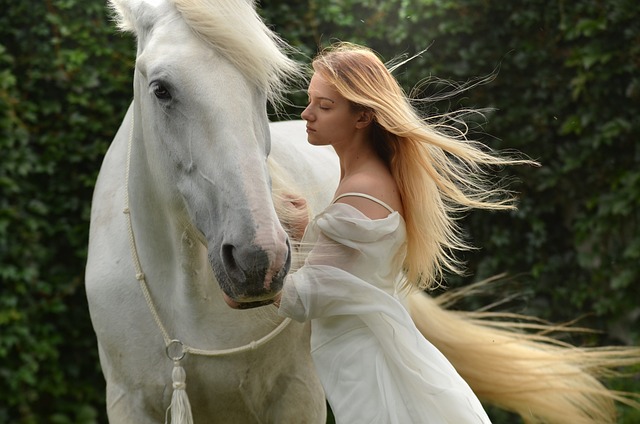Spis Treści
How Many Horses are Female?
When it comes to the equine world, horses have always fascinated humans with their beauty, strength, and grace. Whether you are an equestrian enthusiast, a curious animal lover, or simply someone who appreciates the wonders of nature, you may have wondered about the gender distribution among horses. In this article, we will delve into the topic and answer the question: How many horses are female?
The Basics of Horse Gender
Before we dive into the statistics, let’s first understand the basics of horse gender. Like many other mammals, horses are divided into two primary genders: male and female. Male horses are called stallions if they are intact (not castrated) and geldings if they have been castrated. Female horses, on the other hand, are referred to as mares.
Understanding Horse Populations
In order to determine the number of female horses, we need to consider the overall horse population. According to the latest available data, there are approximately 58 million horses worldwide. However, it is important to note that this number is an estimate and may vary depending on the source and the specific year of data collection.
Horse Population by Country
The distribution of horses across different countries can vary significantly. Here is a table showcasing the top ten countries with the highest horse populations:
| Country | Horse Population |
|---|---|
| United States | 9,500,000 |
| China | 7,000,000 |
| Mexico | 6,000,000 |
| Brazil | 5,500,000 |
| Argentina | 3,500,000 |
| Australia | 1,200,000 |
| Germany | 1,100,000 |
| France | 1,000,000 |
| Canada | 900,000 |
| United Kingdom | 800,000 |
These numbers provide a general overview of horse populations in different countries, but it is important to remember that they are subject to change over time.
Gender Distribution among Horses
Now that we have a better understanding of the horse population, let’s explore the gender distribution among horses. Unfortunately, obtaining precise data on the exact number of female horses worldwide is challenging due to various factors, including the vast number of horses and the lack of comprehensive global surveys. However, we can still gain insights into the approximate gender distribution based on available information.
Gender Distribution by Breed
Horse breeds can vary in terms of gender distribution. Some breeds may have a higher proportion of males, while others may have a more balanced ratio. Here are a few examples:
- Thoroughbred: Thoroughbred racing horses often have a higher number of males due to the demand for stallions for breeding purposes.
- Quarter Horse: The Quarter Horse breed tends to have a relatively equal distribution of males and females.
- Arabian: Arabian horses also have a relatively balanced gender distribution.
It is important to note that these examples are not representative of all horse breeds and are provided to illustrate the potential variations in gender distribution.
Gender Distribution in Competitive Sports
In the world of competitive equestrian sports, both male and female horses play important roles. However, certain disciplines may have different gender preferences. For example:
- Show Jumping: Show jumping competitions often feature a mix of male and female horses, with no significant gender bias.
- Dressage: In dressage, mares are often favored due to their elegance and grace, although stallions and geldings also participate.
- Racing: In horse racing, stallions are highly sought after for breeding purposes, which may result in a higher number of males involved in the sport.
These examples highlight the varying gender preferences within different equestrian disciplines.
Conclusion
While it is challenging to provide an exact number of female horses worldwide, we can conclude that the gender distribution among horses is influenced by factors such as breed preferences and equestrian disciplines. The overall horse population is vast and diverse, with different countries showcasing varying numbers of horses. Whether you are interested in the gender distribution for breeding purposes, competitive sports, or simply out of curiosity, understanding the basics of horse gender and the potential variations in distribution can enhance your knowledge and appreciation of these magnificent creatures.
Remember, horses are not just numbers or statistics; they are living beings that captivate our hearts and inspire us with their beauty and strength.



















